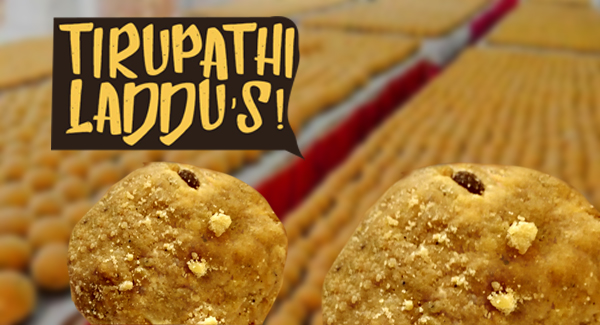Tirupati Laddu: A Divine Celebrated Offering

Introduction
Tirupati Laddu, a renowned sweet treat from the Tirumala Tirupati Devasthanams (TTD) temple, is much more than just a dessert; it carries immense religious and cultural significance. As one of the most famous prasadam (offering) in India, the Tirupati Laddu attracts millions of devotees to the sacred temple each year. The significance of this laddu is deeply rooted in the rituals and traditions of the temple, making it a must-know aspect for anyone interested in Indian spirituality and culture.
Historical Background
The Tirupati temple, dedicated to Lord Venkateswara, a form of Lord Vishnu, has been a site of pilgrimage for centuries. The offering of the laddu dates back to the early 18th century during the reign of the then king of the Vijayanagara Empire. According to legend, the king was blessed with the laddu after seeking divine intervention for his son’s welfare. Since then, the laddu has become a unique part of the temple’s rituals, symbolizing blessings and prosperity.
Preparation of Tirupati Laddu
The preparation of Tirupati Laddu is a meticulous process carried out by skilled cooks known as ‘Sahasra Laddus’ who prepare the laddu in a traditional kitchen within the temple complex. The preparation involves high-quality ingredients, including chickpea flour (besan), ghee, sugar, and cardamom, symbolizing a divine blend of flavor and spirituality. Each laddu weighs approximately 250 grams and is offered as prasadam to devotees—signifying that they are sharing in the blessings of the deity.
Significance and Popularity
This iconic laddu not only serves as prasadam but is also intertwined with the personal faith of millions. It has inspired numerous tales of devotees who believe consuming the laddu brings them good fortune and fulfillment of wishes. Furthermore, the demand for Tirupati Laddu has soared in recent years, with requests from devotees worldwide, leading TTD to explore options for packaging and distributing the laddu outside of India.
Conclusion
The Tirupati Laddu stands as a symbol of divine blessings and a representation of the rich cultural tapestry of India. It continues to play a significant role in the lives of many who seek spiritual solace at Tirupati Temple. As the world becomes more interconnected, the significance of such traditions continues to grow, encouraging both spiritual and cultural exchange. For devotees and food lovers alike, experiencing the Tirupati Laddu serves as not just indulging in a sweet treat but also partaking in a sacred tradition that fosters community and faith.









